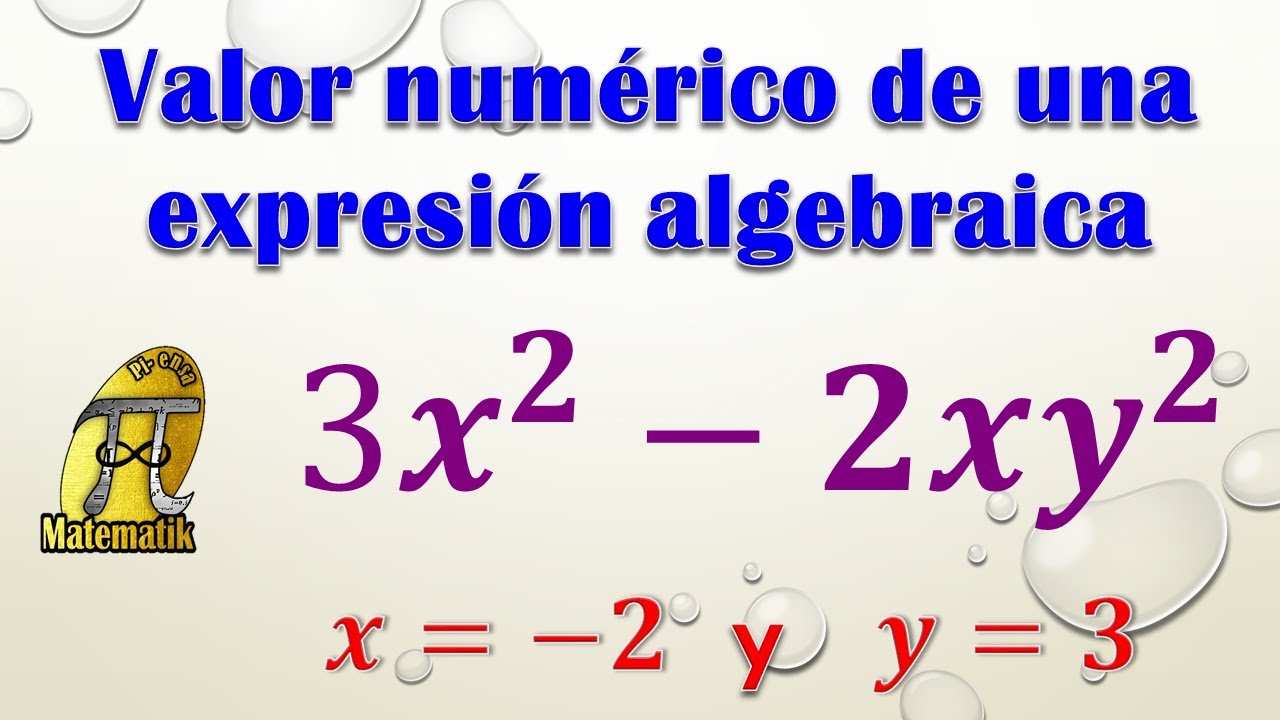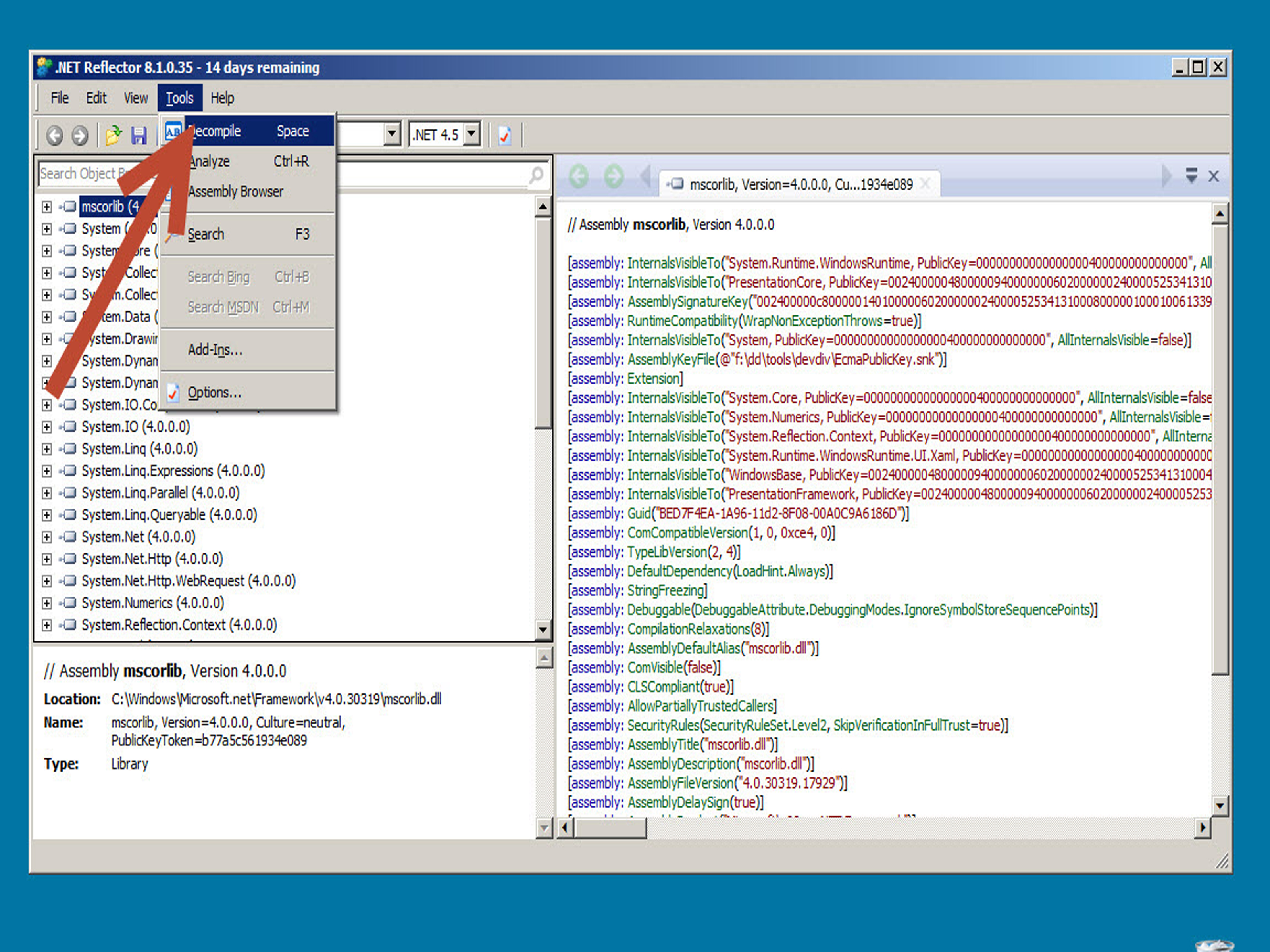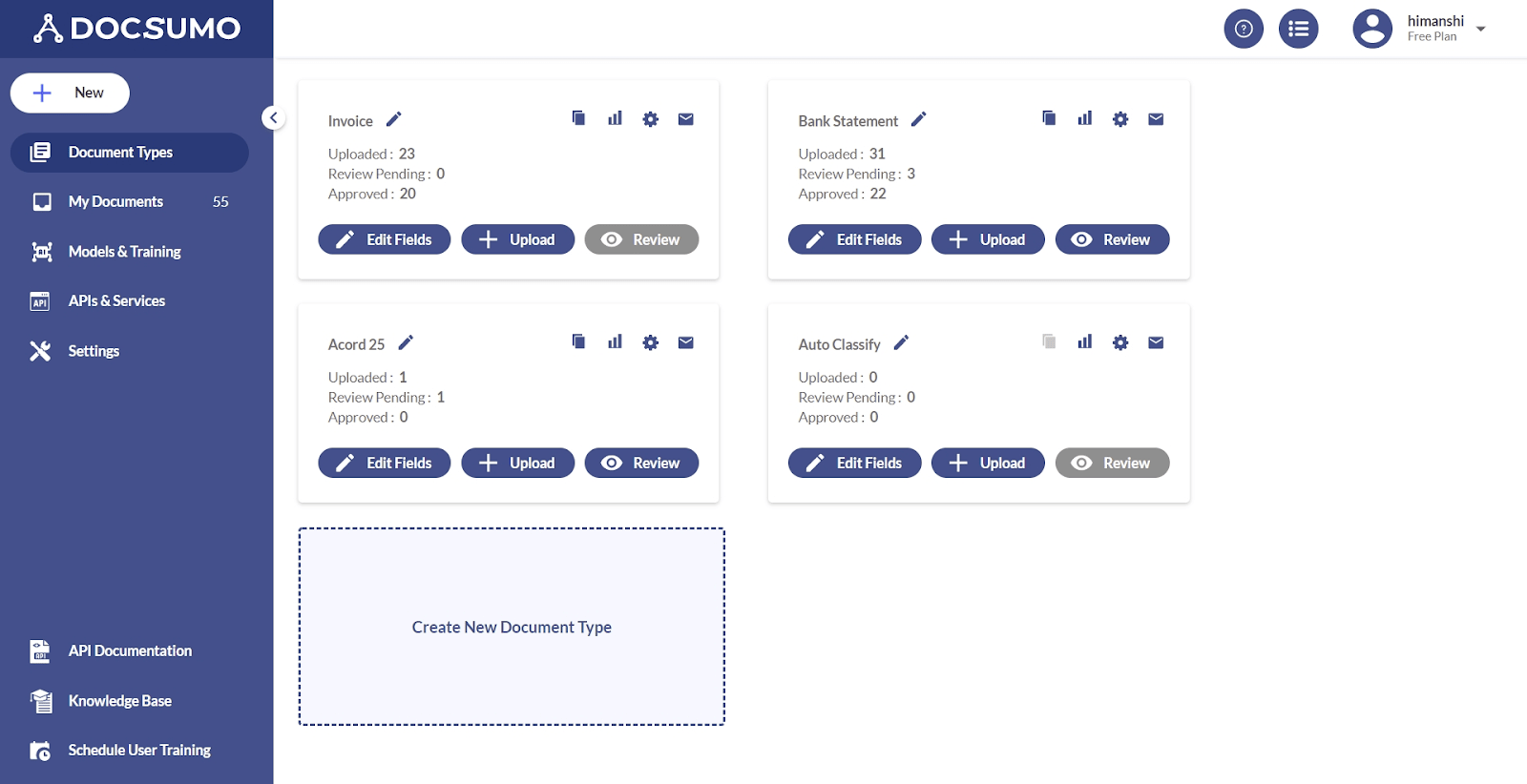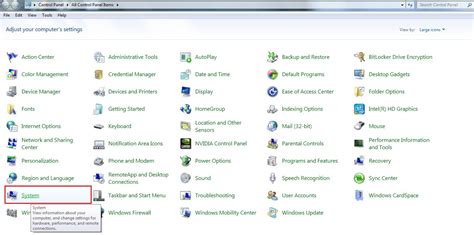Excel to Word: 5 Quick Tips

Converting Excel documents to Word formats is a common task for many professionals and individuals alike. Whether it's for data presentation, report generation, or simply to make data more readable and accessible, the process of converting Excel to Word can be crucial. In this article, we will explore five quick and efficient tips to help you navigate this conversion process smoothly and effectively.
1. Utilize Excel’s Built-in Export Feature

One of the simplest ways to convert your Excel data to Word is by leveraging Excel’s built-in export functionality. This feature allows you to save your Excel workbook or specific worksheets as Word documents with minimal effort. Here’s how you can do it:
- Open your Excel workbook and select the worksheet you want to convert.
- Go to the File tab and click on Save As.
- In the Save As dialog box, choose Word Document (*.docx) from the Save as type dropdown menu.
- Choose a location to save your Word document and click Save.
- Excel will automatically convert your data into a Word-compatible format, maintaining the layout and formatting as much as possible.
This method is particularly useful when you want to retain the original Excel structure and only need a basic conversion. However, keep in mind that complex Excel formulas and certain formatting may not translate perfectly, so it’s best for simple data sets.
2. Copy and Paste with Care
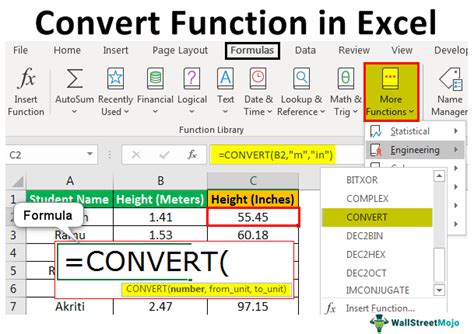
Another straightforward approach is to copy the data from Excel and paste it into a Word document. This method offers more control over the final layout and allows you to customize the appearance to match your needs.
- Select the cells or range of cells you want to copy in Excel.
- Right-click on the selected cells and choose Copy or use the keyboard shortcut Ctrl + C (for Windows) or Cmd + C (for Mac).
- Open a new Word document or navigate to the specific location in an existing Word file where you want the data to appear.
- Place your cursor at the desired location and right-click. Choose Paste Options and select the appropriate paste format, such as Keep Source Formatting or Match Destination Formatting.
- The copied data will be inserted into Word, and you can further adjust the formatting and layout to suit your requirements.
While this method provides flexibility, it may require additional steps to ensure the data is presented accurately, especially when dealing with large datasets or complex formatting.
Advanced Tip: Using Paste Special
For more advanced control over the paste process, you can utilize Excel’s Paste Special feature. This allows you to specify how the data should be pasted, including options like pasting only the values, formulas, or formats.
- After copying the data from Excel, right-click in the Word document and select Paste Special from the context menu.
- In the Paste Special dialog box, choose the desired paste option, such as Paste Values, Paste Formulas, or Paste Formats.
- Click OK, and Excel will paste the data according to your selected option.
This technique is especially useful when you want to retain specific aspects of the Excel data while excluding others, providing a high level of customization.
3. Explore Excel’s Table Tools
If you have a well-structured Excel table, you can leverage Excel’s Table Tools to convert it into a Word table effortlessly. This method maintains the table’s integrity and formatting, making it an excellent choice for presenting data in a clear and organized manner.
- Select the entire table in Excel by clicking on the table’s title bar or selecting the first cell and pressing Ctrl + A (for Windows) or Cmd + A (for Mac).
- Go to the Table Tools tab in Excel’s ribbon, and under the Table Design group, click on the Copy button.
- Open a new Word document or navigate to the desired location in an existing Word file.
- Right-click in the Word document and select Paste Options. Choose Keep Source Formatting or Match Destination Formatting based on your preference.
- The Excel table will be pasted into Word as a properly formatted table, ready for further editing or adjustments.
This method ensures that your table’s structure and formatting remain intact, making it an efficient way to present data in Word.
Advanced Tip: Adjusting Table Styles
Once you’ve pasted your Excel table into Word, you can further enhance its appearance by applying different table styles. Word offers a variety of built-in table styles that can quickly transform the look of your table.
- With your table selected, go to the Design tab in Word’s ribbon under the Table Tools section.
- Explore the various table styles available in the Table Styles group. Click on a style to preview how it will look on your table.
- When you find a style that suits your needs, simply click on it to apply it to your table.
Experimenting with different table styles can help you create visually appealing and professional-looking tables in your Word documents.
4. Utilize Word’s Object Insertion
Word allows you to insert Excel objects directly into your document, providing a seamless integration of Excel data within your Word content. This method is ideal when you want to present dynamic data that can be easily updated.
- Open your Word document and navigate to the location where you want to insert the Excel data.
- Go to the Insert tab in Word’s ribbon and click on Object in the Text group.
- In the Object dialog box, select Microsoft Excel Worksheet Object from the Object type dropdown menu.
- Choose Create from file and browse to select the Excel file you want to insert.
- Click OK, and Word will embed the Excel object into your document. You can now interact with the data within the object.
This method ensures that the data remains linked to the original Excel file, allowing for easy updates and real-time data synchronization.
Advanced Tip: Updating Linked Data
When you insert an Excel object into Word using the method described above, the data remains linked to the original Excel file. This means that any changes made to the Excel file will be reflected in the Word document.
- To update the linked data, simply open the Word document containing the Excel object.
- Right-click on the Excel object and select Update Link from the context menu.
- Word will automatically retrieve the latest data from the linked Excel file and update the object in your document.
This feature ensures that your Word document always displays the most current and accurate data from your Excel source.
5. Consider Third-Party Tools
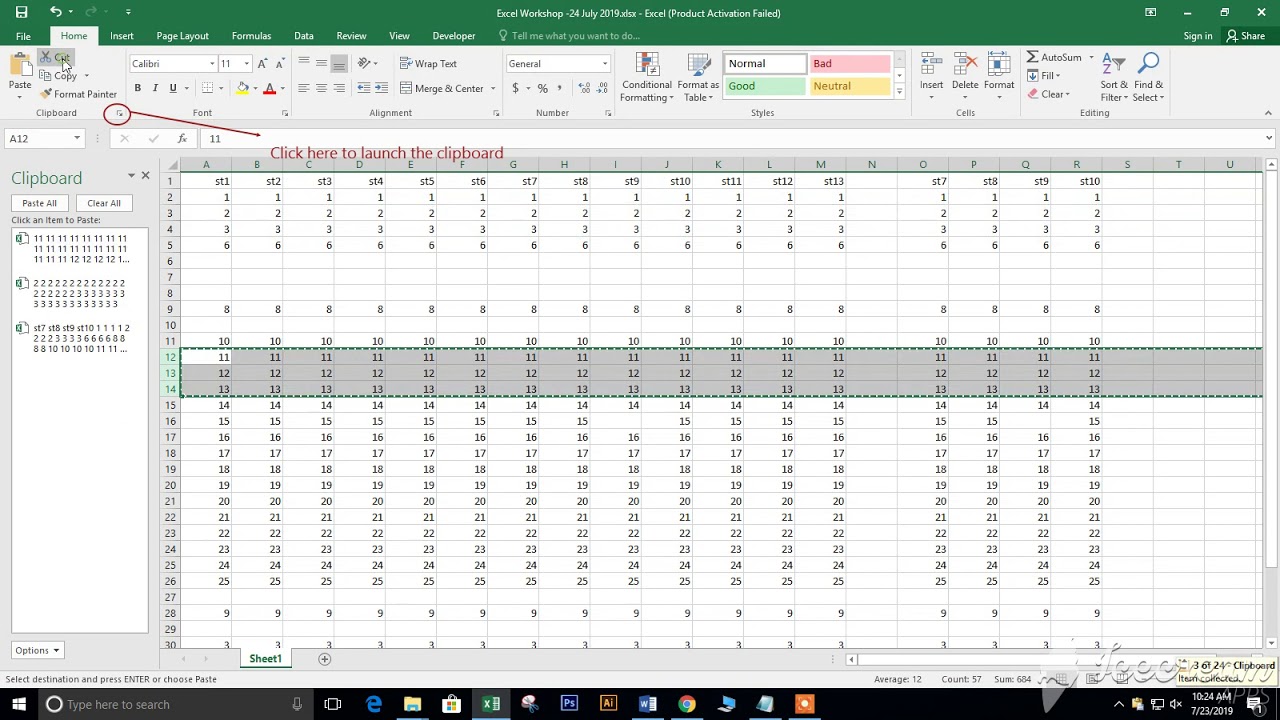
In some cases, the built-in conversion methods may not meet your specific needs. Fortunately, there are numerous third-party tools and software available that specialize in Excel to Word conversions. These tools often offer advanced features and customization options to ensure a seamless and accurate conversion.
- Able2Extract: This powerful conversion software allows you to convert Excel to Word and other formats with high accuracy. It offers a range of features, including the ability to merge multiple Excel sheets into one Word document.
- PDFelement: PDFelement is a versatile tool that can convert Excel to Word and other formats, including PDF. It provides a user-friendly interface and advanced editing capabilities.
- iSkysoft: iSkysoft offers a range of conversion tools, including an Excel to Word converter. It supports batch conversion and allows you to customize the output format.
Exploring these third-party tools can provide more flexibility and control over your Excel to Word conversions, especially for complex datasets or specific formatting requirements.
Choosing the Right Tool
When selecting a third-party tool for Excel to Word conversion, consider your specific needs and requirements. Evaluate factors such as:
- Accuracy and data integrity: Ensure the tool maintains the integrity of your data and preserves complex formulas and formatting.
- Ease of use: Opt for a tool with a user-friendly interface that simplifies the conversion process.
- Customization options: Look for tools that offer advanced settings and customization to meet your specific formatting needs.
- Batch conversion: If you have multiple Excel files to convert, choose a tool that supports batch conversion to save time.
- Support and updates: Select a reputable tool with regular updates and reliable customer support.
By carefully evaluating these factors, you can choose the right third-party tool to ensure a successful and efficient Excel to Word conversion.
Conclusion: Tailoring the Conversion to Your Needs
Converting Excel data to Word can be a straightforward process with the right tools and techniques. Whether you choose to utilize Excel’s built-in export feature, copy and paste with precision, explore Excel’s table tools, insert Excel objects, or opt for third-party conversion software, the key is to tailor the conversion to your specific needs.
By understanding the various methods and their strengths, you can efficiently convert Excel data to Word, making your data more accessible, readable, and visually appealing. Remember to consider factors such as data complexity, formatting requirements, and the need for dynamic updates when selecting the most suitable conversion approach.
Can I convert multiple Excel sheets into one Word document?
+Yes, you can! When using third-party tools like Able2Extract, you have the option to merge multiple Excel sheets into a single Word document. This feature allows you to consolidate your data and present it in a unified format.
How can I ensure the accuracy of my converted data?
+To ensure accuracy, it’s crucial to choose a conversion method or tool that preserves your data’s integrity. Look for features like formula recognition and advanced formatting options to maintain the accuracy of your Excel data in the converted Word document.
Is it possible to update the converted data in Word automatically?
+Absolutely! When you insert an Excel object into Word using the Object feature, the data remains linked to the original Excel file. This means you can update the linked data by right-clicking on the object and selecting “Update Link.” Word will automatically retrieve the latest data from the Excel file.
